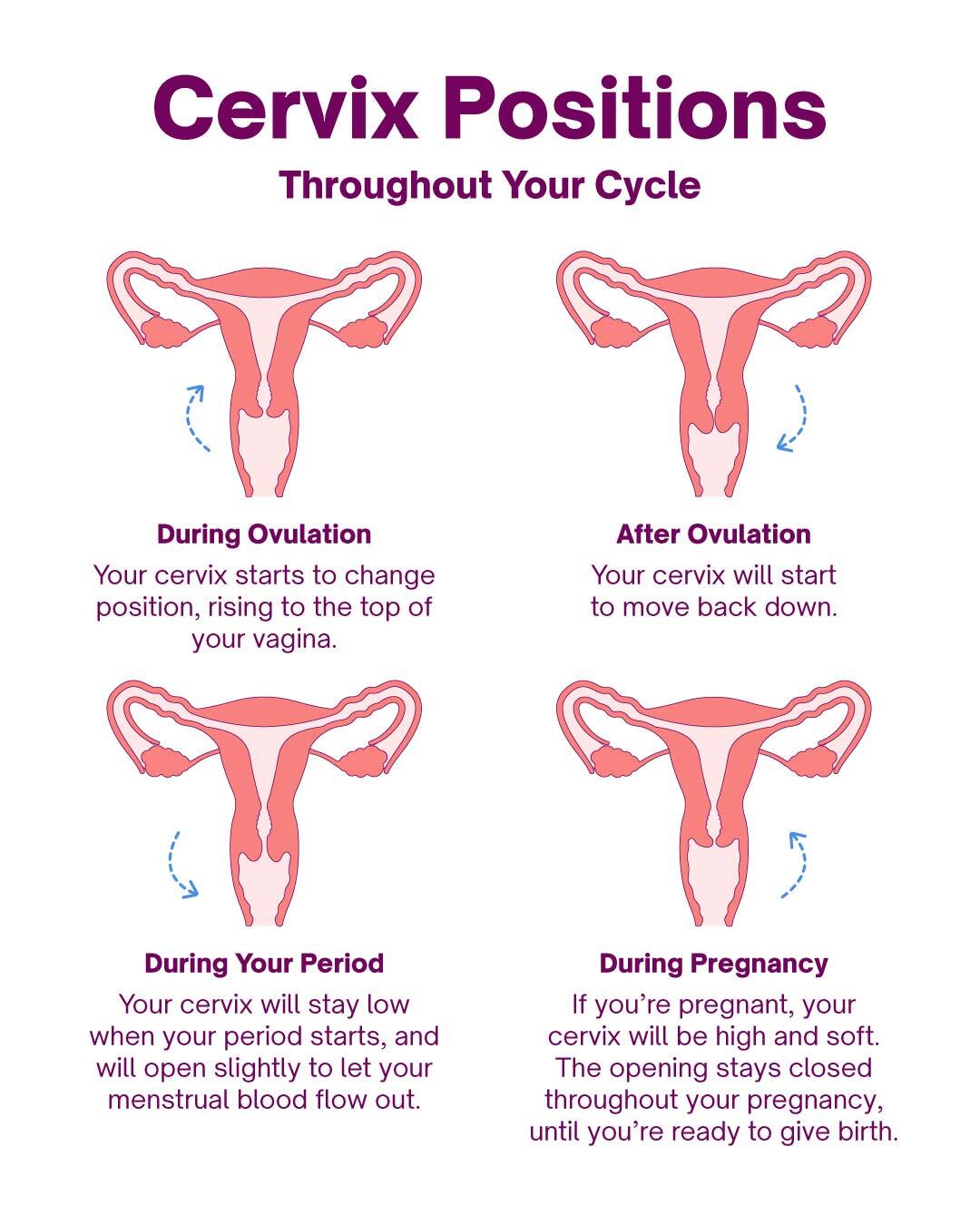
Cervical Changes with Early Pregnancy
The cervix, the lower part of the uterus that opens into the vagina, undergoes significant changes during early pregnancy. These changes are primarily due to the hormonal shifts that occur as the body prepares for the growth and development of the fetus. Understanding these cervical changes can help healthcare providers accurately diagnose and monitor pregnancies, as well as identify potential complications.
Pre-Pregnancy Cervix
Before pregnancy, the cervix is typically firm, closed, and located high in the vagina. It is covered by a thick layer of mucus that acts as a barrier against infection and helps to prevent sperm from entering the uterus.
Early Pregnancy Cervical Changes
1. Softening and Dilatation:
One of the earliest signs of pregnancy is the softening and dilatation of the cervix. This occurs as the levels of the hormone progesterone increase, which relaxes the cervical muscles. The softening and dilatation allow for the passage of sperm during fertilization and the eventual delivery of the baby.
2. Cervical Mucus Changes:
During early pregnancy, the cervical mucus undergoes changes in both quantity and consistency. The mucus becomes thinner and more copious, creating a favorable environment for sperm to reach the uterus. This mucus, known as cervical discharge, can range in color from clear to white or slightly yellow.
3. Chadwick’s Sign:
Chadwick’s sign refers to the bluish or purplish discoloration of the cervix and surrounding vaginal tissues. This change is caused by increased blood flow to the area and is a common sign of early pregnancy.
4. Goodell’s Sign:
Goodell’s sign involves the softening of the cervix. When gentle pressure is applied to the cervix during a pelvic exam, it will feel softer than usual, indicating early pregnancy.
5. Hegar’s Sign:
Hegar’s sign is characterized by the compressibility of the lower uterine segment. When pressure is applied to the area just below the cervix, it will feel soft and compressible, indicating early pregnancy.
6. Uterine Enlargement:
As the pregnancy progresses, the uterus begins to enlarge, which can cause the cervix to move slightly upward in the vagina. This upward displacement can be detected during a pelvic exam.
7. Cervical Eversion:
In some cases, the cervix may evert, or turn inside out, during early pregnancy. This is a normal variant and does not typically cause any problems.
Importance of Monitoring Cervical Changes
Monitoring cervical changes during early pregnancy is crucial for several reasons:
1. Pregnancy Diagnosis:
The presence of certain cervical changes, such as softening, dilatation, and Chadwick’s sign, can provide valuable clues in diagnosing early pregnancy.
2. Monitoring Pregnancy Progression:
The gradual progression of cervical changes can help healthcare providers assess the health and progress of the pregnancy.
3. Identifying Complications:
Abnormal cervical changes, such as excessive bleeding or infection, can indicate potential complications that require prompt medical attention.
4. Predicting Labor:
Changes in the cervix, such as increased softening and dilatation, can provide an indication of impending labor.
Cervical Changes and Risk of Preterm Birth
The length and consistency of the cervix are important factors in maintaining a healthy pregnancy. A short or weak cervix has been associated with an increased risk of preterm birth, a condition where a baby is born before 37 weeks of gestation.
Cervical Cerclage
In cases where the cervix is weak or has a history of preterm birth, a procedure called cervical cerclage may be performed. This involves placing a stitch around the cervix to reinforce it and prevent premature opening.
Conclusion
Cervical changes during early pregnancy are a normal and essential part of the physiological adaptations that occur to support the growth and development of the fetus. Understanding these changes allows healthcare providers to accurately diagnose and monitor pregnancies, identify potential complications, and predict labor. Regular prenatal care and monitoring of cervical changes are crucial for ensuring a healthy pregnancy and a successful delivery.